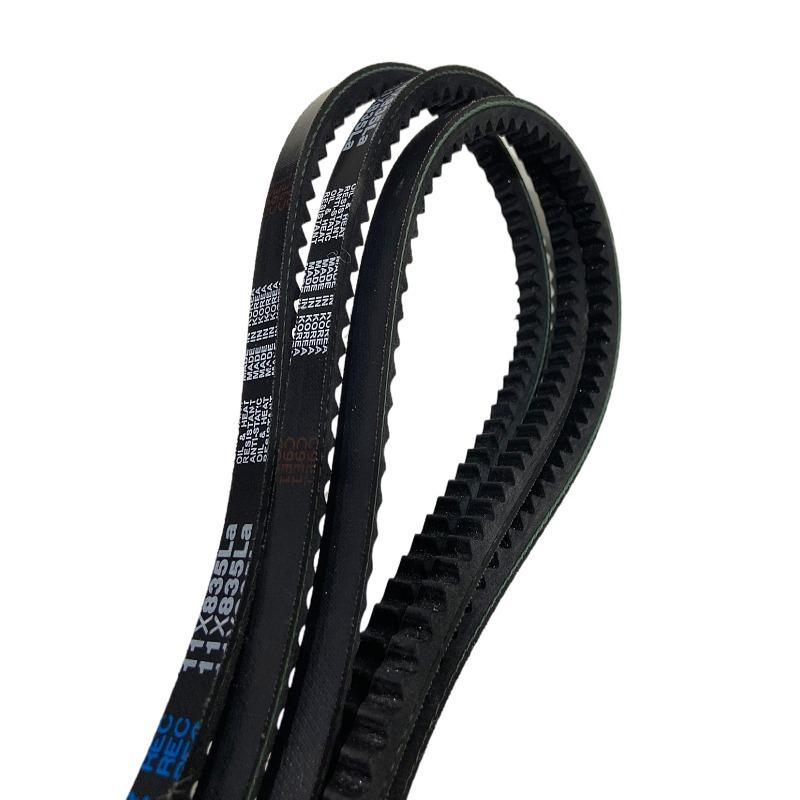- Arabic
- French
- Russian
- Spanish
- Portuguese
- Turkish
- Armenian
- English
- Albanian
- Amharic
- Azerbaijani
- Basque
- Belarusian
- Bengali
- Bosnian
- Bulgarian
- Catalan
- Cebuano
- Corsican
- Croatian
- Czech
- Danish
- Dutch
- Afrikaans
- Esperanto
- Estonian
- Finnish
- Frisian
- Galician
- Georgian
- German
- Greek
- Gujarati
- Haitian Creole
- hausa
- hawaiian
- Hebrew
- Hindi
- Miao
- Hungarian
- Icelandic
- igbo
- Indonesian
- irish
- Italian
- Japanese
- Javanese
- Kannada
- kazakh
- Khmer
- Rwandese
- Korean
- Kurdish
- Kyrgyz
- Lao
- Latin
- Latvian
- Lithuanian
- Luxembourgish
- Macedonian
- Malgashi
- Malay
- Malayalam
- Maltese
- Maori
- Marathi
- Mongolian
- Myanmar
- Nepali
- Norwegian
- Norwegian
- Occitan
- Pashto
- Persian
- Polish
- Punjabi
- Romanian
- Samoan
- Scottish Gaelic
- Serbian
- Sesotho
- Shona
- Sindhi
- Sinhala
- Slovak
- Slovenian
- Somali
- Sundanese
- Swahili
- Swedish
- Tagalog
- Tajik
- Tamil
- Tatar
- Telugu
- Thai
- Turkmen
- Ukrainian
- Urdu
- Uighur
- Uzbek
- Vietnamese
- Welsh
- Bantu
- Yiddish
- Yoruba
- Zulu
Dec . 04, 2024 21:19 Back to list
Understanding Timing Belt Tensioners and Their Importance in Engine Performance
Understanding Timing Belt Tensioners Importance and Maintenance
A timing belt tensioner is a vital component of an internal combustion engine's timing system. It plays a crucial role in maintaining the proper tension on the timing belt, which is responsible for synchronizing the rotation of the crankshaft and camshaft. This synchronization is essential for the engine's valves to open and close at the correct times during each cycle, thus ensuring optimal performance and efficiency.
Function of Timing Belt Tensioners
The primary function of a timing belt tensioner is to keep the timing belt taut, thereby preventing it from slipping or jumping teeth on the gears. A properly tensioned belt ensures that the engine components operate smoothly and efficiently, reducing the likelihood of misfires and mechanical failures. The tensioner compensates for any slack that may occur due to wear and tear on the timing belt or the stretching of the belt itself over time.
Timing belt tensioners are generally integrated into two main types spring-loaded tensioners and hydraulic tensioners. Spring-loaded tensioners utilize a coil spring to apply consistent pressure on the timing belt, while hydraulic tensioners use engine oil pressure to maintain the necessary tension. Both types are designed to automatically adjust the tension based on the belt's condition and operating environment.
Signs of a Failing Timing Belt Tensioner
Over time, timing belt tensioners can wear out or fail. Understanding the warning signs of a defective tensioner is crucial for maintaining engine health. Common symptoms include
1. Unusual Noise A failing tensioner may produce a squeaking or rattling noise. This sound typically indicates that the timing belt is loose or not maintaining proper tension, potentially leading to severe engine damage.
timing belt tensioner

2. Engine Misfires or Rough Idle A loose timing belt can cause the engine's timing to be off, resulting in misfires or a rough idle. These symptoms can compromise performance and fuel efficiency.
3. Visible Wear on the Timing Belt If routine maintenance allows for a visual inspection, look for signs of fraying or excessive wear on the timing belt. An unhealthy belt may signify that the tensioner is not functioning correctly.
4. Warning Lights In modern vehicles, the engine management system may trigger a warning light on the dashboard if it detects irregularities associated with the timing belt or tensioner.
Importance of Regular Maintenance
Regular vehicle maintenance is crucial for ensuring that the timing belt and its tensioner function properly throughout their lifespan. Most manufacturers recommend replacing the timing belt every 60,000 to 100,000 miles. When replacing the timing belt, it's wise to also replace the tensioner and any accompanying components such as the water pump, pulleys, and seals. This approach not only saves time but also prevents the risk of future issues arising from old or worn-out parts.
It's also essential to pay attention to the vehicle's user manual, which provides specific guidelines on maintenance intervals and practices. If there is uncertainty, consulting a professional mechanic can provide additional insights into ensuring that the timing belt tensioner and the timing system as a whole remain in optimal condition.
Conclusion
In conclusion, the timing belt tensioner is a critical component of an engine's timing system, ensuring that the timing belt remains correctly tensioned for smooth operation. Awareness of the signs of a failing tensioner, coupled with a commitment to regular maintenance, can help prevent costly repairs and keep an engine running efficiently. By prioritizing the health of these components, vehicle owners can enhance performance, ensure longevity, and achieve peace of mind while driving.
-
Korean Auto Parts Timing Belt 24312-37500 For Hyundai/Kia
NewsMar.07,2025
-
7PK2300 90916-T2024 RIBBED BELT POLY V BELT PK BELT
NewsMar.07,2025
-
Chinese Auto Belt Factory 310-2M-22 For BMW/Mercedes-Benz
NewsMar.07,2025
-
Chinese Auto Belt Factory 310-2M-22 For BMW/Mercedes-Benz
NewsMar.07,2025
-
90916-02660 PK Belt 6PK1680 For Toyota
NewsMar.07,2025
-
drive belt serpentine belt
NewsMar.07,2025

